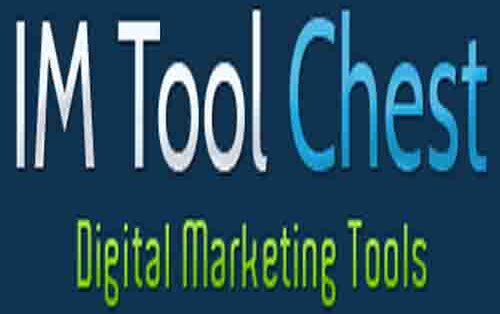Mastering Performance Max: Data, Creativity, Patience Win
The article emphasizes a critical paradigm shift for marketers aiming to succeed with Google's Performance Max (PMax) campaigns. It highlights that winning strategies no longer rely on traditional, highly granular controls or outdated PPC tactics. Instead, success is found in prioritizing data intelligence, fostering a robust creative strategy, and exercising disciplined patience.
Performance Max, an advanced, AI-driven campaign type, unifies advertising efforts across all Google channels—including Search, Display, YouTube, Gmail, Discover, and Maps. Its core strength lies in leveraging machine learning to autonomously optimize bids, placements, and ad creatives, thereby identifying and converting high-value customers more efficiently. Marketers must embrace this automation, providing the system with quality first-party data and signals, and trusting the AI to process vast information for superior ROI.
A strong creative strategy is paramount. PMax's AI dynamically assembles various ad formats using the assets provided by the marketer. This necessitates an investment in diverse, high-quality text, image, and video assets that resonate across different platforms. The system's ability to mix and match these elements for optimal engagement underscores the importance of compelling creative input.
Furthermore, disciplined patience is crucial. PMax campaigns require a significant learning period for the AI to gather sufficient data and refine its optimization. Frequent, hasty changes can disrupt this process and hinder performance. Successful marketers understand the need to allow the system time to mature and make data-driven decisions before intervening. The implicit risks of PMax lie in failing to adapt to this new mindset: marketers who cling to granular control, provide poor creative inputs, or lack patience will struggle. The article thus advocates for a strategic evolution, recognizing that AI-powered efficiency demands trust in data, creative excellence, and a long-term perspective over traditional micro-management.









